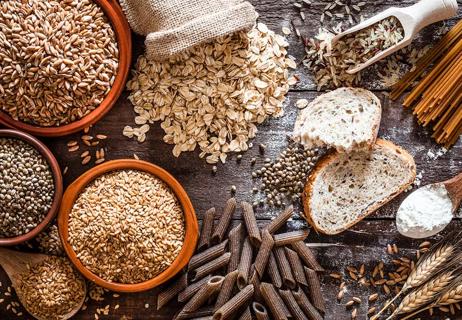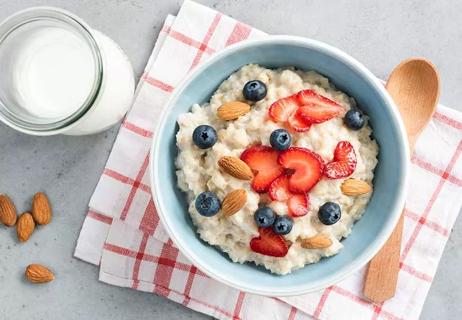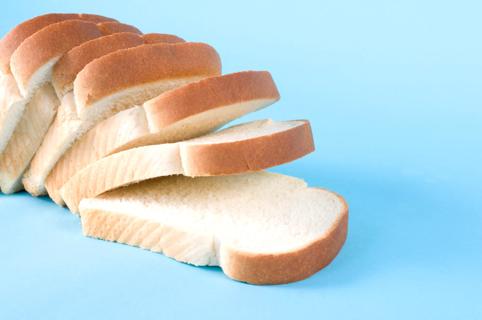Why a clean diet is so important

Do you know how to manage your triglyceride levels? These fatty types of lipids found in your blood can be dangerous for your health. Similar to LDL (the bad form of cholesterol), high levels of triglycerides can increase the risk of heart disease and stroke, even when LDL levels are regulated.
Advertisement
Cleveland Clinic is a non-profit academic medical center. Advertising on our site helps support our mission. We do not endorse non-Cleveland Clinic products or services. Policy
“We are increasingly recognizing that elevated triglycerides represent a major issue and should not be ignored,” says cardiologist Steven Nissen, MD.
Similar to cholesterol, triglycerides come from the food we eat and our liver. When levels are normal, triglycerides are used for energy. The problems arise when levels are high, explains Dr. Nissen. When we make more triglycerides than we use, the rest are stored as fat. That’s why many people who are overweight or have type 2 diabetes have high levels.
“Poor diabetes control is a major factor in causing high triglyceride levels,” Dr. Nissen says. He stresses the importance of watching your carbohydrate consumption. “Eating a low-carb diet and getting plenty of exercise are often effective in lowering triglyceride levels.”
Different carbohydrate-loaded foods also contain very different nutritional levels.
Dr. Nissen recommends scaling back or eliminating:
“It’s particularly important to reduce the consumption of sugar and foods with high-fructose corn syrup,” he says.
Foods that contain good carbs and plenty of fiber include:
Advertisement
Dr. Nissen advises that increasing your fiber intake may lower triglyceride levels. “If you have high triglyceride levels, there’s a good chance you don’t ingest close to the recommended 25 to 30 grams of fiber a day,” he says.
High triglyceride levels can be caused by excessive alcohol consumption as well. So if your levels are higher than normal, it might be a good idea to eliminate alcohol completely.
“Weight has a profound impact on triglycerides,” says Dr. Nissen. “If you lose as little as 5% to 10% of your body weight, your triglycerides can drop as much as 20%.”
The national guidelines for fasting triglyceride levels in healthy adults are:
When your triglyceride levels are high and you have a high amount of LDL (bad) cholesterol or a low amount of HDL (good) cholesterol, all of this could contribute to the development of fatty buildups within the artery walls of the heart. The buildup can increase your risk of heart attack and stroke.
Your healthcare provider can help you get your triglyceride levels under control by ruling out possible causes like medications, thyroid issues, unmanaged diabetes and liver or kidney disease. They can then formulate an effective management plan with you. This might include medication and lifestyle changes like losing weight and eating smaller portions.
As mentioned before, a healthy, fiber-rich diet can help in the matter. Exercising regularly can also play a huge part in managing triglyceride levels. By cleaning up your existing routine, you could see changes in your triglyceride levels within a few months.
This article was adapted from Cleveland Clinic Heart Advisor.
Advertisement
Learn more about our editorial process.
Advertisement

Whole-food carbs come with major health benefits, like fiber and antioxidants

The amount you need depends on several factors, such as age, sex and activity level

Here’s why you crave them and how to curb them

The eating plan is ideal for fueling high-intensity activities (but not for weight loss)

Opt for complex carbs that are full of fiber or protein

Which carbs should you cut if you want to lose weight?

Resolve to move a little more, drink a little less, eat a little healthier, sleep a little better and destress a lot

Type 2 diabetes isn’t inevitable with these dietary changes

Applying a hot or cold compress can help with pain